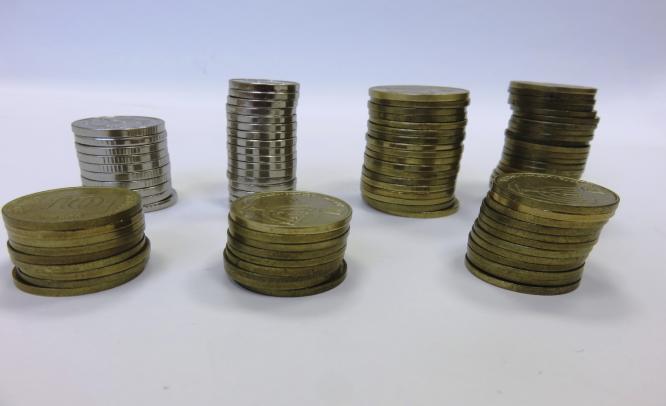Review of Islamic Capital Market, Equity and Sukuk (2014) by Dr. Muhammad Hanif, Associate Professor, FAST School of Management, Islamabad
Camille Paldi
December 2, 2015: This scintillating and succinct book is a refreshing, intellectual journey into the heart of Islamic equity complete with an overview of different types of sukuk and explanation of relevant sukuk transactions in the form of a sukuk case study. In addition, Dr. Muhammad Hanif notes the key features of each type of sukuk and provides a set of practice questions at the end of each chapter in order to test the reader’s knowledge.
According to the author, approximately 2,000 issues of sukuk were held with a global volume of around $200 billion by the end of June 2010. Between 2011 and 2013, an additional $281 billion of sukuk were issued around the world. In addition to corporate sukuk, sovereign sukuk have also been issued by Pakistan, Jordan, the UAE, Thailand, Malaysia, Turkey, Indonesia, Bahrain, Qatar, the Cayman Islands, Singapore, Germany, Brunei, Gambia, and Kuwait.
In chapter one – Equity, the author describes a six-part test, which can be used to test a security as a shari’ah compliant investment. In Pakistan, Al-Meezan Investment Management Limited (AIML), subsidiary of a leading Islamic financial institution (Meezan Bank), took the initiative and started screening of KSE listed securities through Shari’ah Compliance Filters and developed KSE-Meezan Index (KMI-30). For a security to be shari’ah compliant based on KMI criteria, it must meet the following parameters: (1) Is the principal activity of the business halal?; (2) Interest based debt to asset ratio should be less than 40%; (3) The ratio of non-compliant investments to total assets should be less than 33%, (4) The ratio of shari’ah non-compliant income to total revenue should be less than 5%, (5) The market price per share should be greater than the net liquid assets per share calculated as (total assets – illiquid assets – total liabilities) divided by number of shares, and (6) The ratio of illiquid assets to total asset should be at least 20%.
In addition to KMI, there are more than 10 Islamic indexes operating worldwide, including DJIM, FTSE, S&P, MSCI, HSBC, Ameri, BID and Azzad. The filtering criteria differ among these indexes and it is possible that a company is shari’ah compliant under one index and not under another.
In chapter two – Sukuk, the author defines sukuk, the difference between sukuk and bonds, the types of sukuk, provides the shari’ah rulings about sukuk, and explains in detail the sukuk process from initiation, creation of the SPV and the issuance of sukuk certificates to maturity of the investment.
Dr. Hanif describes in detail the sukuk al ijarah structure as well as gives the example of the Pakistan Motorway Sukuk issued by Pakistan International Sukuk Company Limited in order to illuminate the sukuk al ijarah process. The rest of the chapter is patterned on the same effective learning technique of providing explanations of different sukuk structures accompanied with a sukuk case study illustrating the particular structure.
The author next utilizes the JAFZ Sukuk issued by JAFZ Sukuk Limited in order to demonstrate the process of the sukuk al-musharaka. Dr. Hanif also discusses the sukuk mudaraba and sukuk al-wakala structures in detail.
The author uses the Saudi Holland Bank as an example of the sukuk al-wakala combined with the DIFC Sukuk Guide explanation of the wakala sukuk structure to inculcate into the reader a comprehensive understanding on the sukuk wakala process. Furthermore, in order to shed light on the sukuk-al isthimar process or investment sukuk, Dr. Hanif showcases the Saudi Electric Company sukuk.
The author goes on to write about the istisna’a, salam, and murabahah sukuk and provides one more case study pertaining to a hybrid sukuk, the Sadara Basic Services Company Sukuk, which is a combination of istisna’a, ijara and musharaka sukuk.
Lastly, the author concludes with a thoughtful discussion on whether or not sukuk are in fact Islamic or have regressed into essentially what is the structure of conventional bonds. This is a solid academic instruction on equity and sukuk in Islamic finance. This book is a MUST READ and effective learning tool for any aspiring Islamic banking aficionado, professional, academic, or student of Islamic banking and finance. Well Done.


